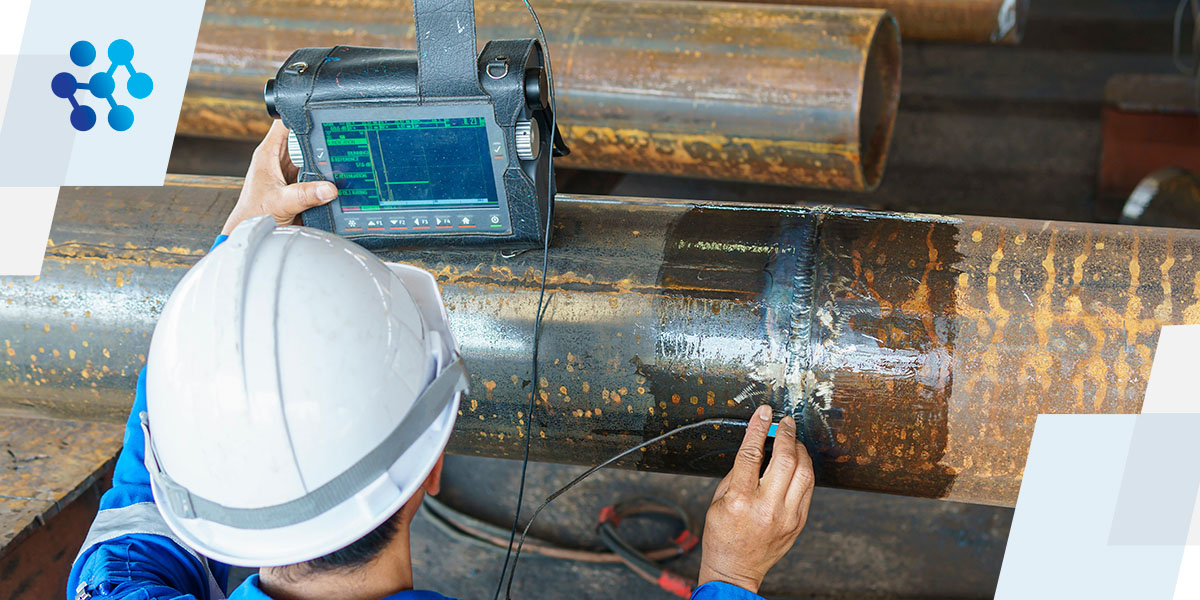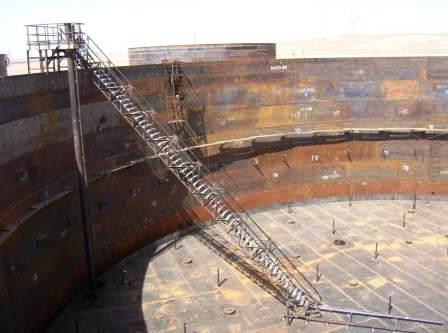A Comprehensive Overview of Container Welding Assessment Specifications and Methodologies for Improved Weld Quality and Efficiency
The relevance of welding examination criteria in the manufacturing of tanks can not be overemphasized, as they offer as the backbone for ensuring weld honesty and operational dependability. Different examination methods, including visual assessments and advanced non-destructive screening approaches, are important in determining potential defects that might jeopardize performance.
Significance of Welding Inspection Requirements

Welding evaluation standards include a variety of criteria, consisting of material specifications, welding treatments, and certifications of personnel associated with the welding procedure. By enforcing these requirements, organizations can methodically recognize and rectify prospective issues, thus minimizing the chance of pricey repairs or catastrophic failures. Furthermore, rigorous inspection techniques foster a society of accountability and accuracy, encouraging welders to keep high levels of workmanship.

Usual Welding Examination Strategies


Ultrasonic Testing (UT) is an additional widespread technique, making use of high-frequency audio waves to discover inner problems that might not be noticeable externally. This technique is especially efficient for determining voids or inclusions within the weld steel. Magnetic Bit Checking (MT) is additionally widely utilized, especially for ferromagnetic materials, as it reveals surface and near-surface issues through the application of magnetic fields and ferrous fragments.
Additionally, Liquid Penetrant Screening (PT) identifies surface-breaking issues by applying a penetrant to the weld and afterwards utilizing a programmer to extract the penetrant. Each of these methods adds to a comprehensive examination method, guaranteeing that welds fulfill the strict quality requirements called for in container building and construction.
Governing Standards and Conformity
Regulatory standards and conformity are vital components in guaranteeing the safety and security and dependability of welded frameworks in tank construction - Tank Welding Inspection. These standards serve to establish minimum demands for product buildings, welding procedures, and inspection practices, thereby lowering the risk of architectural failures and improving general performance
Key organizations, such as the American Culture of Mechanical Designers (ASME) and the American Welding Culture (AWS), supply guidelines that are extensively taken on in the industry. Compliance with these criteria not just guarantees adherence to ideal techniques yet also satisfies legal and legal commitments, safeguarding the interests of stakeholders.
Regulative bodies often mandate adherence to certain codes, such as ASME Code Area IX for welding certifications and API 650 for welded containers. These codes outline needs for welding techniques, credentials of personnel, and testing techniques to confirm weld integrity.
Routine audits and inspections are critical to preserving conformity, as they help recognize inconsistencies from established standards. Non-compliance can cause significant charges, job hold-ups, and safety risks. Therefore, a robust understanding of regulatory criteria and check here a commitment to compliance are paramount in accomplishing premium and resilient welded container structures.
Non-Destructive Evaluating Methods
Just how can the integrity of welded structures be ensured without creating damage? Non-destructive testing (NDT) methods supply a durable remedy, making it possible for inspectors to evaluate weld top quality without endangering the material - Tank Welding Inspection. Among one of the most common NDT techniques are ultrasonic testing (UT), radiographic screening (RT), magnetic fragment testing (MT), and dye penetrant testing (PT)
Radiographic screening entails passing X-rays or gamma rays via the weld, producing pictures that expose structural issues such as fractures or voids. This technique is important for assessing the honesty of complicated welds.
Magnetic fragment screening is fit for click this ferromagnetic products, where electromagnetic fields reveal surface and near-surface interruptions. Color penetrant screening makes use of a liquid color to highlight surface-breaking defects, making it an efficient approach for non-porous materials.
Each of these NDT approaches has distinct benefits, enabling extensive analyses tailored to details products and welding processes. By executing these strategies, industries can make certain the reliability and safety and security of bonded structures, eventually improving overall efficiency.
Enhancing Weld Quality With Assessment
Effective evaluation plays a critical role in boosting weld quality, functioning as a crucial checkpoint in the construction process. By determining possible problems early, assessments minimize the risk of jeopardized architectural integrity and ensure conformity with market criteria. Utilizing a mix of visual examinations, non-destructive screening (NDT) approaches, and mechanical evaluations, examiners can detect issues such as porosity, cracks, and incomplete blend.
Implementing a robust examination method not just enhances the total top quality of welds but likewise fosters a society of liability among welders and fabricators. Regular training and accreditation of assessment employees make certain that they are equipped with the required abilities to identify and address potential problems effectively. This positive technique decreases rework and associated prices, ultimately adding to predict efficiency.
Furthermore, comprehensive paperwork of assessment findings provides important insights into reoccuring issues, facilitating continual enhancement in get redirected here welding techniques. By leveraging advanced modern technologies, such as automated ultrasonic testing or electronic radiography, weld high quality can be enhanced via more precise analyses. Finally, a strenuous examination process is vital in accomplishing high-quality welds, making sure security, integrity, and durability in container fabrication.
Final Thought
In final thought, the implementation of strenuous storage tank welding evaluation standards and methods is necessary for making certain weld integrity and performance. By utilizing a combination of visual evaluations, non-destructive screening techniques, and adherence to governing criteria, companies can properly recognize and alleviate possible flaws.